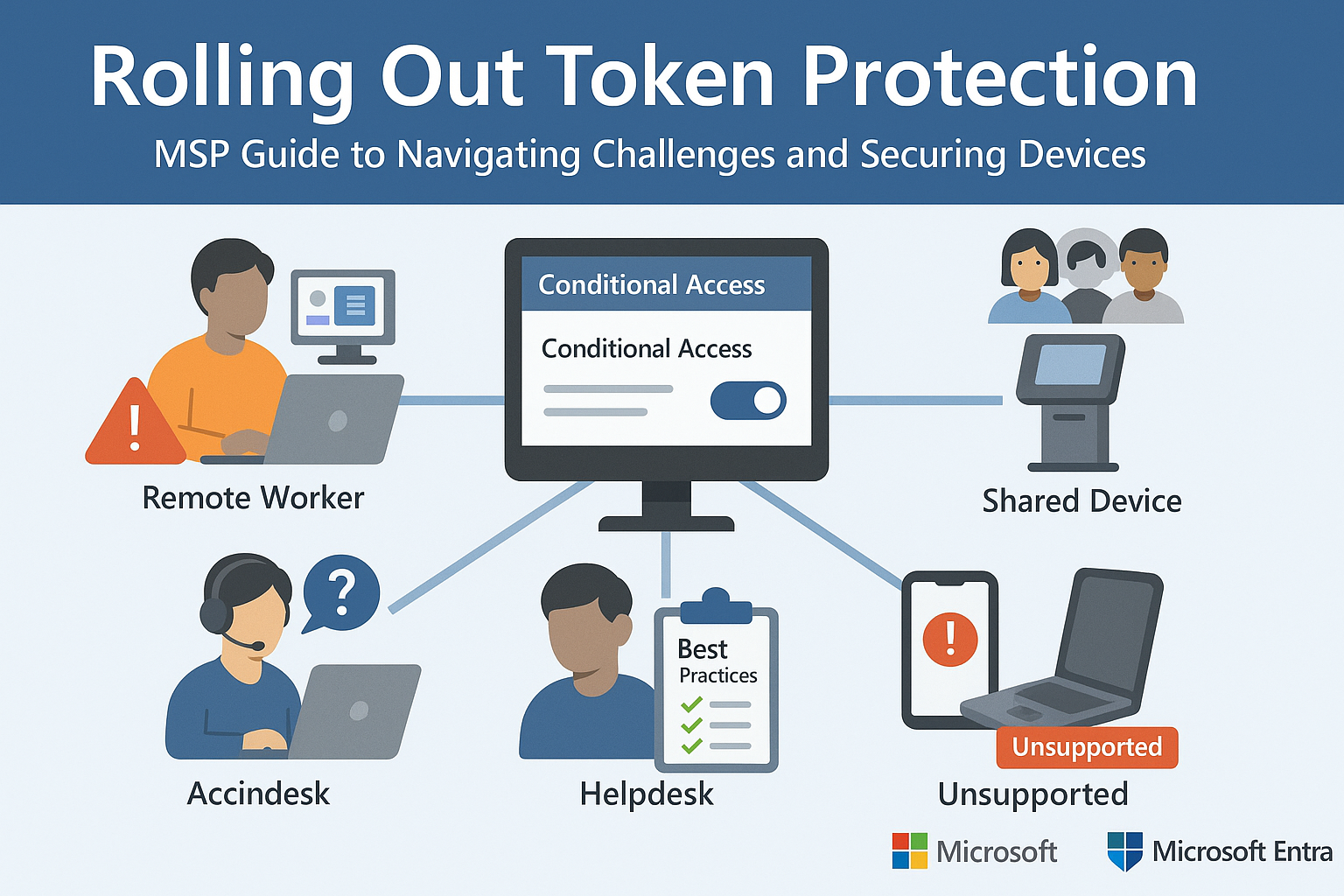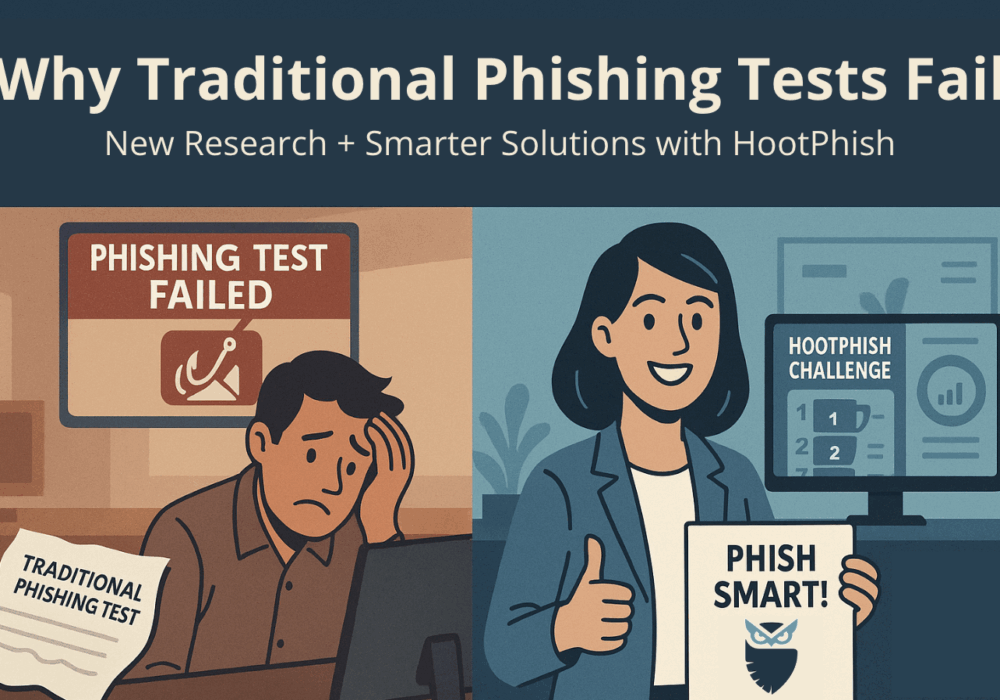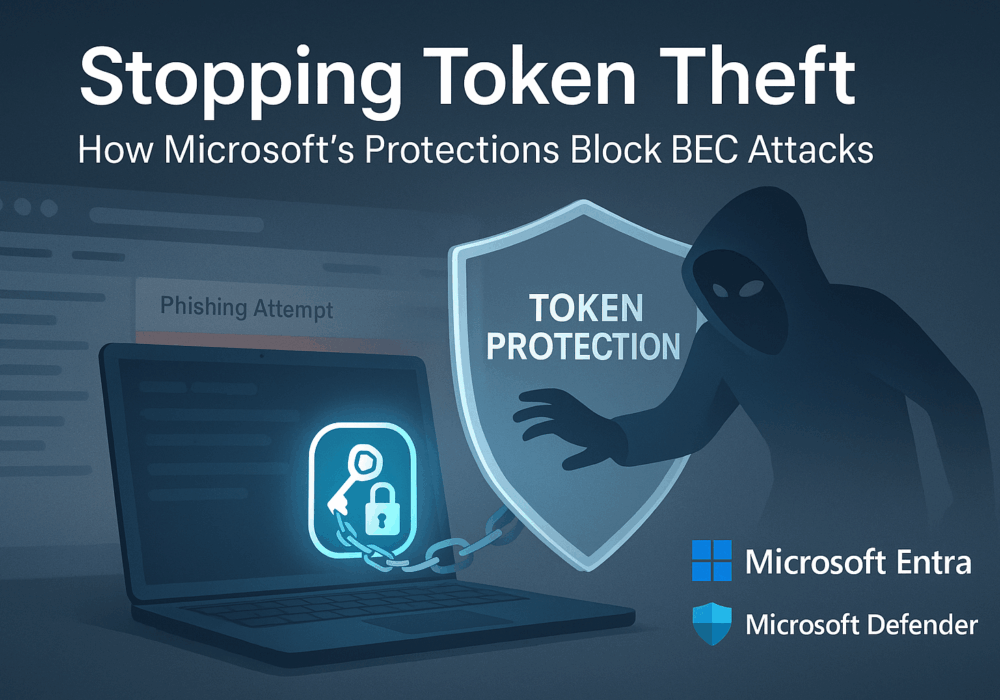A Block List or Deny List, (deprecated: Blacklist), is a list of entities that are blocked or denied privileges or access. Hosts or applications that have been previously determined to be associated with malicious activity are examples of entities that may be on a block or deny list. Blocked entities are typically identified as IP addresses, user IDs, domains, email addresses, MAC addresses, or programs. Deny/block listing is a common feature in antivirus programs, intrusion prevention/detection systems, and spam filters. Block lists save effort by limiting interactions with known sources of problems and preventing potential attacks.
Deny or Block lists are quite useful at SMBs. When you have a phishing campaign coming in attacking your users, you can deny that sender by adding them to a block list. Similarly, you can create block lists for websites where you see a lot of unwanted traffic coming and going to them. For example, you might block Facebook during work hours and allow employees to Facebook after hours or not at all. The same goes for other time-wasting websites. Block lists can also be used for a lot of mandatory controls on your company and its employees.
Additionally, these recommendations below will help you and your business stay secure with the various threats you may face on a day-to-day basis. All of the suggestions listed below can be gained by hiring CyberHoot’s vCISO Program development services.
All of these recommendations are built into CyberHoot the product or CyberHoot’s vCISO Services. With CyberHoot you can govern, train, assess, and test your employees. Visit CyberHoot.com and sign up for our services today. At the very least continue to learn by enrolling in our monthly Cybersecurity newsletters to stay on top of current cybersecurity updates.
Sources:
Related Term: Allow List, Permit List
Discover and share the latest cybersecurity trends, tips and best practices – alongside new threats to watch out for.

Part 2 of Our Microsoft Entra Security Series In Part 1, we explored how Microsoft’s Token Protection...
Read more
For years, organizations have relied on fake email phishing simulations to measure employee resilience to...
Read more
Welcome to our two-part blog series on Microsoft’s new email security enhancement now included in Office 365 P1...
Read moreGet sharper eyes on human risks, with the positive approach that beats traditional phish testing.
